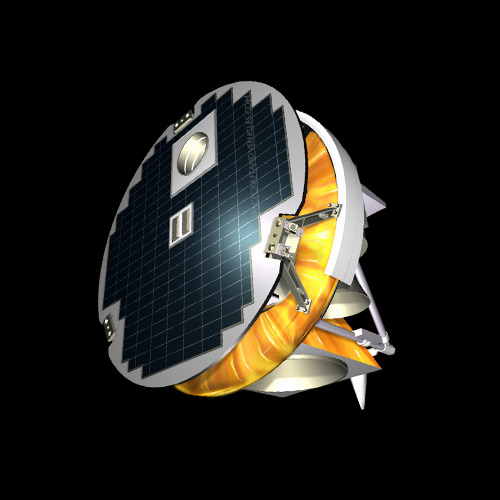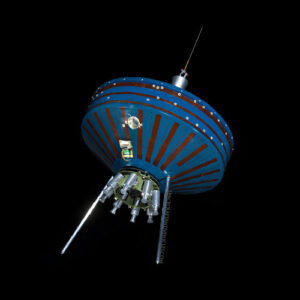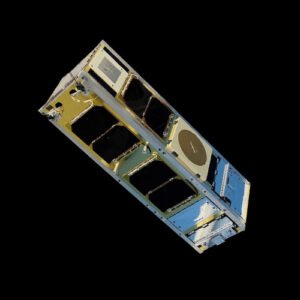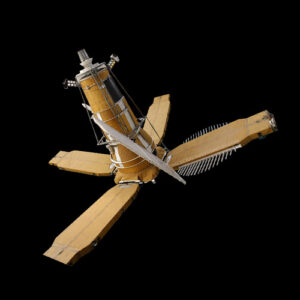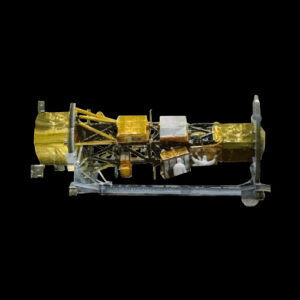SCISAT-1, also known as the Atmospheric Chemistry Experiment (ACE) satellite, is a Canadian space mission dedicated to studying Earth’s atmosphere’s chemical composition and dynamics. Launched in 2003, SCISAT-1 plays a crucial role in advancing our understanding of atmospheric processes and their impact on climate change and ozone depletion.
Design and Construction
SCISAT-1 features a compact design, housing a suite of scientific instruments tailored for atmospheric research. Its primary payload includes the Fourier Transform Spectrometer (ACE-FTS) and the MAESTRO (Measurement of Aerosol Extinction in the Stratosphere and Troposphere Retrieved by Occultation) instrument. The spacecraft’s construction utilizes lightweight yet robust materials to withstand the harsh space environment.
Mission Objectives
The primary mission objective of SCISAT-1 is to measure and analyze various atmospheric constituents, including ozone, nitrogen dioxide, water vapor, and methane, to understand their distribution, variability, and interactions. Additionally, SCISAT-1 aims to monitor the depletion of stratospheric ozone and study the processes driving atmospheric chemistry, such as photochemical reactions and aerosol dynamics.
Launch and Deployment
SCISAT-1 was launched aboard a Pegasus XL rocket from Vandenberg Space Force Base in California in August 2003. Following a successful launch, the spacecraft was deployed into a sun-synchronous polar orbit, allowing for comprehensive global observations of Earth’s atmosphere. Since deployment, SCISAT-1 has continuously collected data, contributing to our understanding of atmospheric chemistry and climate dynamics.
Technical Specifications
- Dimensions: Compact satellite design optimized for atmospheric research
- Payload Capacity: Equipped with the ACE-FTS and MAESTRO instruments
- Power Source: Solar panels for onboard power generation
- Instruments and Equipment: ACE-FTS for atmospheric spectroscopy, MAESTRO for aerosol extinction measurements
Current Status
As of 2024, SCISAT-1 remains operational and continues to fulfill its mission objectives. The spacecraft has provided valuable data for atmospheric scientists worldwide, contributing to numerous research studies on atmospheric chemistry, climate change, and ozone depletion. Ongoing efforts focus on analyzing the vast dataset collected by SCISAT-1 and leveraging its observations to improve climate models and environmental policies.
